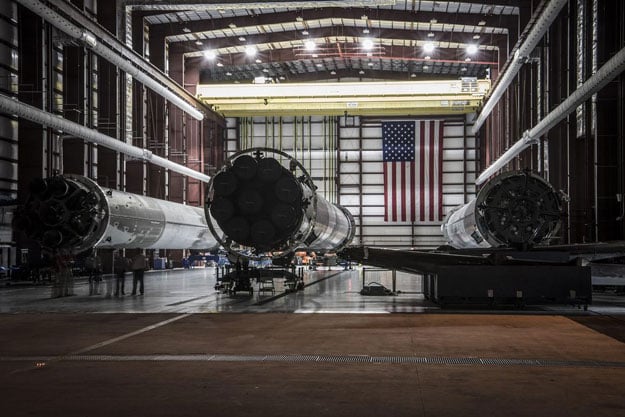SpaceX Celebrates Sixth Successful Powered Landing Of Falcon 9 Rocket Booster

Early this morning, the company accomplished its fourth successful Falcon 9 landing in the Atlantic Ocean on the “Of Course I Still Love” drone ship. This was the sixth successful landing overall if you count the two previous landings on solid ground.
Of course, the successful landing on the drone ship was just the icing on the cake. SpaceX’s primary mission this time around was to launch the JCSAT-16 communications satellite into a geostationary transfer orbit (GTO), which places the satellite roughly 20,000 miles above the earth. Needless to say, SpaceX successfully completed its primary mission as well.
First stage landing confirmed on the droneship. Second stage & JCSAT-16 continuing to orbit https://t.co/tdni5406Hi pic.twitter.com/h6llIXSVu7
— SpaceX (@SpaceX) August 14, 2016
Putting a satellite into GTO uses up a lot of fuel and puts tremendous stress on the Falcon 9 first stage booster during re-entry. The return is so tumultuous that SpaceX was unsure if the Falcon 9 would make it back in one piece. But given that this was SpaceX’s third successful return voyage after a GTO launch, maybe the company should be a little bit more confident prior to launches in the future.
With that being said, SpaceX now has six perfectly serviceable Falcon 9 rockets that can be refurbished and refueled to blast off into space again. We already know that the first recovered rocket will be put on display, so it won’t be returning to flight. However, SpaceX will send one of five remaining Falcon 9 rockets on a return mission to space later this year.
If SpaceX is able to successfully launch a payload into space using the recovered rocket, that would be the next step into this new era of reusable rockets for human space travel and cargo missions.

